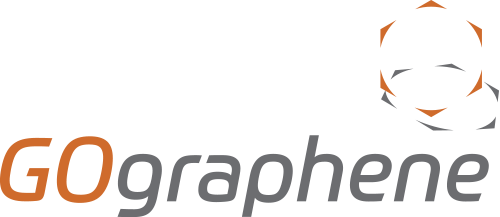The “wonder material” graphene is a 2D hexagonal array of carbon atoms that possesses a number of remarkable and record-breaking properties. Since its first isolation in 2004, a vast amount of research has explored the fundamental physics and potential applications for the world’s first 2D material, and in doing so achieving global acclaim. Now in its teenage years, we are witnessing the maturing of graphene applications. There are graphene-composite products already publicly available, and many more disruptive technologies now becoming closer to commercialisation. This article summarises the pivotal graphene stories of 2017.
A Nature publication made global headlines in November for its use of “graphene balls” as a novel advanced anode for lithium ion batteries in mobile phones. The material consists of silica particles coated with a layer of graphene, enhancing the energy capacity by 45% and charging rate by 5 times, equating to a fully charged phone in just 12 minutes! This is just one of the hundreds of studies conducted that utilises graphene to improve the performance of batteries and supercapacitors for energy storage applications. Researchers at the University of Sussex proved that the battery is not the only component of mobile devices that graphene can enhance. Here, graphene and silver nanowires were coated onto acrylic plastic to produce a highly conductive, flexible screen. This is one of the contenders in the race to replace the brittle indium tin oxide screens used in our mobile phones today. It can be noted that this research is very fresh, which poses the question - can this technology be industrially scaled? And if so how many years will it be before flexible phones with a 12-minute charge are commercially available?
Not only is graphene highly conductive, it is also the strongest material known to man. This property was utilised by scientists at MIT to create a material that was 10 times stronger than steel, whilst possessing only 5% of its density. In this study, 2D graphene sheets were compressed and heated to form a 3D structure that could be used as a lightweight replacement for steel in construction and infrastructure. This breakthrough may even spark the imagination of those in the field of aerospace. The material’s extremely low density would enable easier transport into space, allowing for the interplanetary construction of space stations and colonies at a much lower cost.
The use of graphene oxide in water purification technology has also been a subject of much interest over the past year. Whilst it is common knowledge that graphene oxide has selective permeation to water, researchers at Hubei University have designed an alternative solar powered route to purify water. This technology uses a graphene oxide aerogel, which when exposed to sunlight can heat up water to 45 oC. This gives rise to a quicker evaporation process through the highly porous aerogel structure. This steam can then be condensed as pure water through a low energy method. It is unknown if this process is economically viable at an industrial scale, and further work to increase the heat conductivity may be required.
Although the majority of these stories describe the advancement of graphene technologies, 2017 was also the year that launched a number of exciting commercial products. Joining the likes of graphene enhanced bicycle tyres, skis and fishing rods was an ultralight, high-performance watch, the RM50-03. Produced by Richard Mille and McLaren F1 in collaboration with the University of Manchester, this product may open the door for the development of graphene applications in the automotive industry in years to come. One crucial area that needs to be considered for the commercialisation of all graphene technologies is the materials availability, and it’s here where the expertise of William Blythe comes into play. The GOgraphene team at William Blythe are committed to the development and scaling-up of our graphene products, and pride ourselves in our abilities to work with our customers to optimise their technologies. If you would like to learn more about how graphene can be utilised in your applications, please do get in touch.

